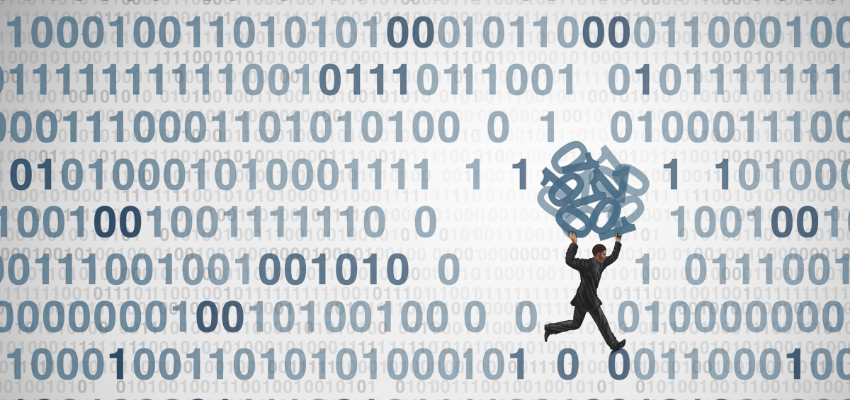
By Jennifer Bantelman
Getting More Visibility into Collections
Last time, I wrote about the right considerations when drafting or updating your standard litigation hold language and processes. Today I’m keeping along the same theme as we move to the next phase in your matters: Collection.
I don’t know about you, but for many legal professionals, collections have long been a very elusive black box of technology, specialists, and money. I think with the advent of new technologies and planning to go alongside them, we’re poised to usher in a really exciting time of more visibility, reduced cost, and just down right easier processes.
Preserve or Collect?
First, I don’t think we can talk about collections without talking about preservations. We used to need to over-collect because frankly, in a lot of systems, collection was the only way to make sure the data didn’t get spoliated. This causes a lot of headaches on the risk and information governance side, what with having copies and copies of data sitting around in various folders both internally and at outside counsel and service providers.
Happily, a lot of systems have recognized that this need to collect was a real shortcoming, and now offer the ability to preserve in place. My first tip therefore is see if you can preserve instead of collecting. If you can simply preserve the data, there will not be any copies floating around to manage, and when a case is over, you can simply lift the preservation.
A lot of litigation hold systems, including ZDiscovery, allow you to automate the preservation process too, so you get the preservation peace of mind instantly, plus the visibility into the preservations straight from the legal hold interface. Look into this automation either out of the box with the system itself, or within your litigation hold application. Cloud based systems are more likely to have this functionality baked in, and come with the added benefit of typically being more secure, and having no maintenance burden on the customer side.
The Automation Advantage
Even if the systems don’t have a pre-built integration, often this can be done with relative ease through API connections, so my second tip is to automate as much as you can. This reduces the potential for missed steps, as well as human error.
Even if a system doesn’t let you automatically preserve, it’s still worth checking whether or not there is a way to manually do a preservation. Preservations will almost always be faster, safer and more cost effective than a collection, so if the intent is to collect to preserve, pivot as many systems as manageable into a preservation in place instead.
Preservation is great for the purpose of ensuring data doesn’t get lost, but of course in a lot of matters you’re going to eventually need to actually collect the data so that it can be reviewed.

